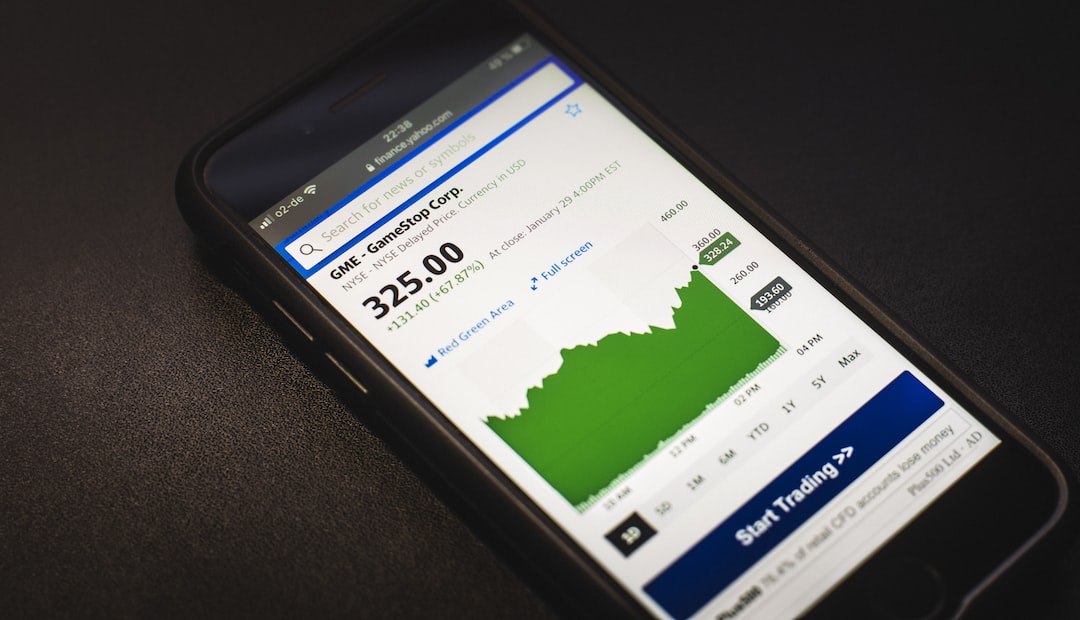Forex trading is an exciting and dynamic field that involves buying and selling currencies to make a profit. While there are several strategies and techniques traders can use to make informed decisions, one of the most popular is Renko charts. Renko charts are a type of technical chart that filter out market noise and focus on price action. One of the most popular Renko charts used in Forex trading is xADR 0.2 Renko, and one of the most popular strategies that traders use with this chart is rm up rm down. In this article, we will explain what rm up rm down is and how it works.
What is xADR 0.2 Renko?
Before we dive into rm up rm down, let’s first understand what xADR 0.2 Renko is. Renko charts are based on brick size, which determines the size of each Renko brick. xADR 0.2 Renko uses the Average Daily Range (ADR) of a currency to determine the brick size. The ADR is the average number of pips a currency moves in a day. For example, if the ADR of EUR/USD is 100 pips, then each brick in the Renko chart will be 100 pips in size.
The xADR 0.2 Renko chart is a modification of the traditional Renko chart. It includes the following features:
– The brick size is determined by multiplying the ADR by 0.2
– The chart includes a moving average line to help traders identify trends
– The chart includes a histogram to show the difference between the brick size and the ADR
The xADR 0.2 Renko chart provides traders with a clear and concise view of price action, making it easier to identify trends and potential trading opportunities.
What is rm up rm down?
rm up rm down is a trading strategy that traders use with the xADR 0.2 Renko chart. The strategy is based on the idea that the market moves in waves, and traders can use these waves to make profitable trades. The rm up rm down strategy involves identifying two types of waves:
– rm up: This is an up wave that consists of at least three green bricks (i.e., the closing price of the brick is higher than the opening price)
– rm down: This is a down wave that consists of at least three red bricks (i.e., the closing price of the brick is lower than the opening price)
The goal of the rm up rm down strategy is to enter a trade when a rm up or rm down wave is forming and exit the trade when the wave ends. Traders can use various indicators and tools to confirm the direction of the trend and the strength of the wave.
How does rm up rm down work?
To use the rm up rm down strategy, traders need to follow the following steps:
1. Identify the trend: The first step is to identify the trend using the xADR 0.2 Renko chart. Traders can use the moving average line and the histogram to confirm the direction of the trend. If the moving average line is moving up, and the histogram is positive, then the trend is up. If the moving average line is moving down, and the histogram is negative, then the trend is down.
2. Look for rm up and rm down waves: Once the trend is identified, traders need to look for rm up and rm down waves. A rm up wave consists of at least three green bricks, and a rm down wave consists of at least three red bricks. Traders can use the brick size and the ADR to determine the strength of the wave. If the brick size is larger than the ADR, then the wave is strong.
3. Enter the trade: Once a rm up or rm down wave is identified, traders can enter the trade. If the wave is rm up, traders can buy the currency pair, and if the wave is rm down, traders can sell the currency pair. Traders can use various indicators and tools to confirm the direction of the trend and the strength of the wave.
4. Set the stop loss and take profit: To manage risk, traders need to set the stop loss and take profit levels. The stop loss is the price level at which the trade will be closed if the market moves against the trader. The take profit is the price level at which the trade will be closed if the market moves in favor of the trader. Traders can use various methods to set the stop loss and take profit levels, such as using support and resistance levels, Fibonacci retracements, or pivot points.
5. Exit the trade: Once the trade is open, traders need to monitor the market and exit the trade when the wave ends. If the wave is rm up, traders need to exit the trade when a rm down wave starts, and if the wave is rm down, traders need to exit the trade when a rm up wave starts.
Conclusion
The rm up rm down strategy is a popular trading strategy that traders use with the xADR 0.2 Renko chart. The strategy is based on identifying rm up and rm down waves and entering the trade when the wave is forming. Traders can use various indicators and tools to confirm the direction of the trend and the strength of the wave. By following the rm up rm down strategy, traders can make informed trading decisions and increase their chances of making a profit in Forex trading.





